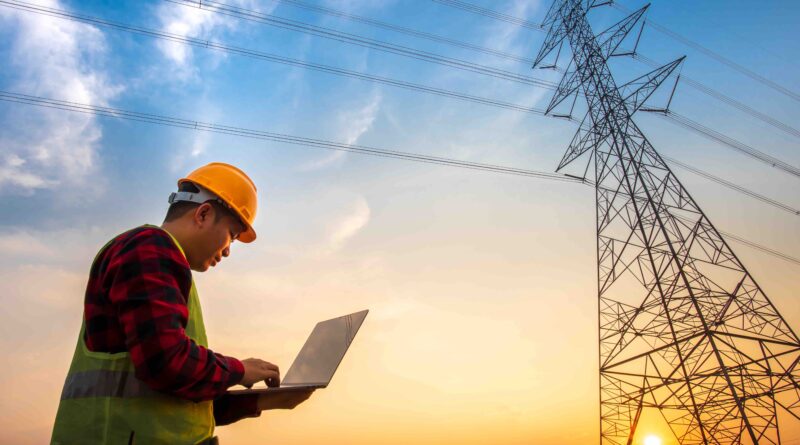AI in Infrastructure: Addressing the Technology’s Potential for the Sector
With popular programs such as ChatGPT on the rise the question if AI should be used with infrastructure is the question.
According to CioDive, AI can help improve safety and reduce risk. But will AI also take away jobs? Goldman Sachs Group certainly thinks so. The firm recently released a study predicting that generative AI tools, such as ChatGPT, could make 300 million full-time positions redundant globally, with the United States, Northern Europe and the United Kingdom more impacted than other countries.
Agriculture, mining, and manufacturing jobs are predicted to be the least impacted, while fields using programming or writing skills such as IT, administration, the legal field, and marketing are likely to see major disruption.
However, the infrastructure sector is facing an acute talent shortage. While specific numbers are extremely hard to come by, workforce limitations are routinely cited as the biggest impediment to project delivery over the next three years. Leveraging tools that help workers tackle lower-value activities is critical so that they can focus on the higher-value ones.
If AI can help the industry by augmenting the productivity of designers, engineers and operators, it can be the technology that helps us meet the world’s growing infrastructure demands at a time when there are more projects than professionals to get the work done.
As technology advances, there will be more applications in all aspects of the infrastructure lifecycle. Instead of having teams of people responding to requests for proposals, much of the work could be done by AI.
Firms are already working on training large language models with all their previous responses to RFPs so AI can generate drafts, as a starting point for more expert editing and finalization. AI can be used in procurement to automate routine tasks, conduct spend analyses and help spot opportunities for more strategic and agile sourcing across the supply chain.
The infrastructure sector already uses forms of AI in generative components, generative conceptual design and traffic and pedestrian simulations. Wouldn’t it be great if AI could make suggestions on how to reduce a project or asset’s carbon footprint, recommend design changes to improve sustainability or identify ways to reduce risk?


